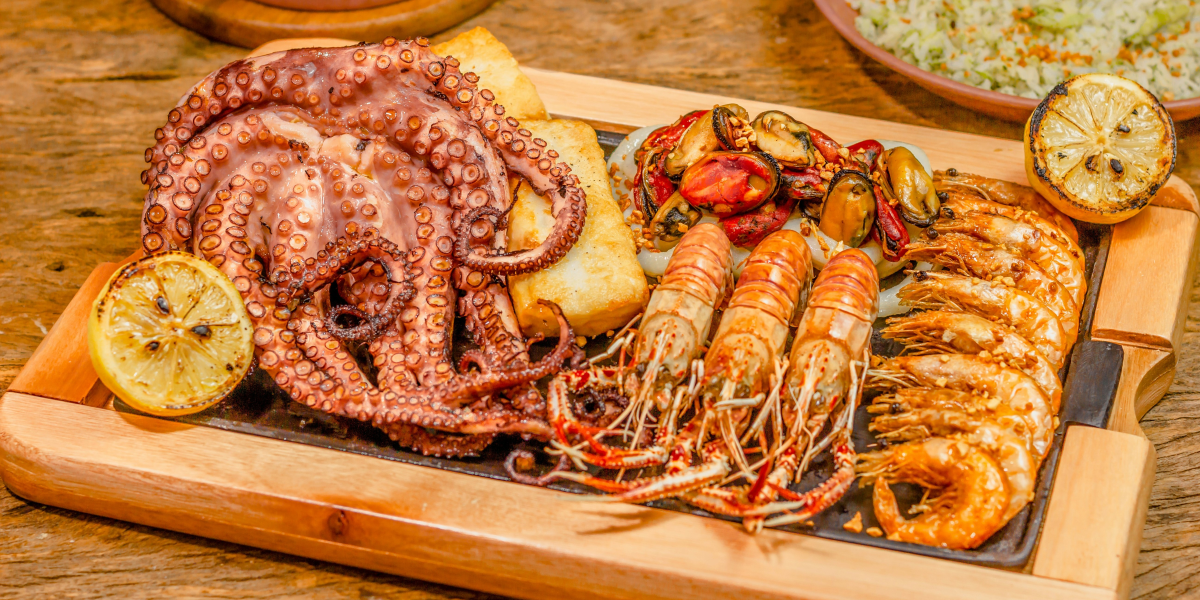Origins and History of Wine
Wine, a timeless elixir, has been celebrated for centuries, transcending cultures and borders. From the sun-kissed vineyards to the carefully crafted bottles, this article uncorks the diverse and captivating world of wine, exploring its origins, varietals, tasting notes, and the art of wine appreciation.
The history of wine dates back thousands of years, with its origins traced to ancient civilizations. The cultivation of grapes and the art of winemaking were refined by cultures such as the Greeks and Romans. Over time, wine became intertwined with religious ceremonies, social gatherings, and culinary traditions, evolving into a symbol of sophistication and conviviality.
Varietals and Grape Varieties
Wine comes in a vast array of styles, each influenced by the grape varieties used in its production. Some of the most renowned grape varieties include:
1. Chardonnay
- Known for: Butteriness, versatility, and aging potential.
- Common Regions: Burgundy (France), California (USA).
2. Cabernet Sauvignon
- Known for: Bold tannins, dark fruit flavors, and aging ability.
- Common Regions: Bordeaux (France), Napa Valley (USA).
3. Merlot
- Known for: Softness, approachability, and red fruit flavors.
- Common Regions: Bordeaux (France), Tuscany (Italy).
4. Pinot Noir
- Known for: Elegance, red fruit nuances, and sensitivity to terroir.
- Common Regions: Burgundy (France), Oregon (USA).
5. Sauvignon Blanc
- Known for: Zesty acidity, citrus flavors, and herbal notes.
- Common Regions: Marlborough (New Zealand), Loire Valley (France).
6. Shiraz/Syrah
- Known for: Rich, full-bodied wines with dark fruit and spice.
- Common Regions: Barossa Valley (Australia), Rhône Valley (France).
Terroir: The Essence of Wine
Terroir, a term deeply rooted in winemaking, encompasses the environmental factors that influence a wine’s character. This includes the soil, climate, topography, and the vineyard’s geographical location. The unique combination of these elements imparts distinctive qualities to wines, making each bottle a reflection of its terroir.
The Art of Tasting
Wine tasting is a sensory experience that engages sight, smell, and taste. When tasting wine, consider the following:
1. Sight:
- Observe the color and clarity of the wine in the glass.
2. Smell:
- Inhale the aromas, identifying fruit, floral, herbal, or earthy notes.
3. Taste:
- Assess the flavors, acidity, tannins (in red wines), and the overall balance.
Wine and Food Pairing
The pairing of wine with food is an art that enhances both the culinary and oenophilic experiences. Some classic pairings include:
1. Cabernet Sauvignon with Grilled Steak
- The bold tannins complement the richness of the meat.
2. Chardonnay with Buttered Lobster
- The buttery notes of Chardonnay enhance the succulence of lobster.
3. Pinot Noir with Roast Chicken
- The versatile and elegant Pinot Noir complements the flavors of roasted chicken.
Wine Regions of the World
Wine is produced in various regions globally, each contributing to the rich tapestry of viticulture. Some renowned wine regions include:
1. Bordeaux, France
- Famous for: Cabernet Sauvignon-Merlot blends.
2. Napa Valley, USA
- Famous for: Cabernet Sauvignon, Chardonnay.
3. Tuscany, Italy
- Famous for: Sangiovese-based wines like Chianti and Brunello di Montalcino.
4. Barossa Valley, Australia
- Famous for: Shiraz with bold fruit and spice.
5. Mendoza, Argentina
- Famous for: Malbec with velvety texture and dark fruit flavors.
Wine and Culture
Wine has transcended its role as a beverage to become an integral part of cultural celebrations and rituals. From toasting with Champagne at weddings to the tradition of wine and cheese gatherings, wine enriches social interactions and adds a touch of sophistication to various occasions.
In recent years, the wine industry has seen a growing emphasis on sustainable and organic practices. Winemakers are increasingly adopting environmentally friendly approaches, from organic farming methods to eco-conscious packaging, reflecting a commitment to both the Earth and the quality of the wine produced.
As you embark on your journey through the world of wine, savoring the complexity of flavors, exploring diverse varietals, and understanding the nuances of terroir, remember that wine is more than a beverage—it is a celebration of nature, craftsmanship, and the art of living. Cheers to the timeless elixir that has enchanted palates and ignited conversations across millennia!












